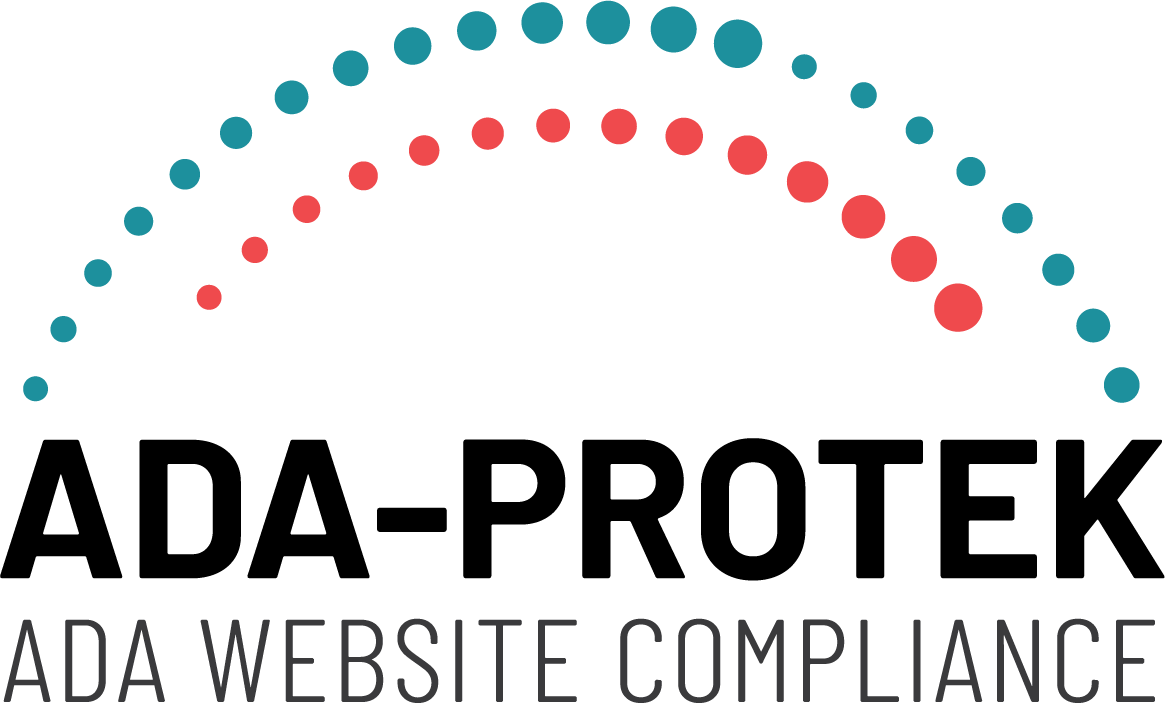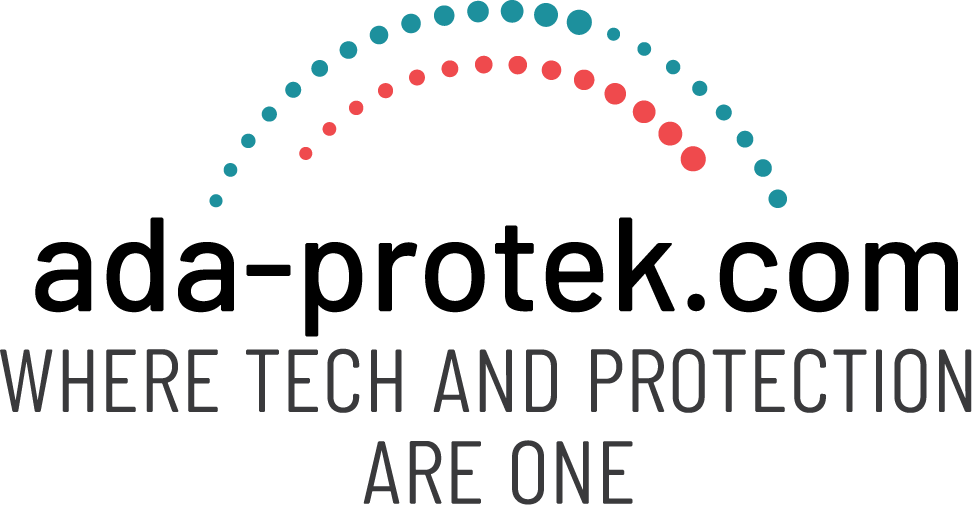ADA website accessibility. Are widgets and overlays the way to go?
Covid sparked a huge wave of both remote workers and increased Internet use. As a result, there are more people than ever who — while working remotely — are also ordering food, shopping, booking travel and browsing the Web.
One side effect of this is the increase in website lawsuits as a result of websites not be fully accessible. Add to that the panic companies are feeling to find any quick fix they can to protect themselves. Often, as a knee-jerk reaction, companies think that installing a “widget” will provide that accessibility.
Unfortunately, they are wrong…
What is a widget?
A widget is a small icon (usually at one of the four corners of a webpage) that can be clicked to open a multitude of accessibility controls. These widgets are almost always the same controls even if the widget says they are a different company. I’ll explain that in a moment. The widget also has a very important job of fixing any accessibility code violations that are embedded in the website’s code.
Widget and Widget Panel
This includes but is not limited to:
Adding alternative text for images
Correct tagging of elements
Fixing element layout for proper movement throughout the website
Color ratio correction
Font and text size
What are the differences between the widgets?
Sadly, there is almost no difference between the widgets themselves. The technology for a widget is based on the same design and every company is just purchasing a version for themselves that they sell you, the website owner.
You can even test this for yourself. If you visit multiple websites with different widgets, the only things that change are the colors and rarely the layout of the buttons inside the widget itself. You might find it difficult to find any widgets this year on big-name company websites because most have completely removed them from their website because widgets simply don’t fix all the issues of accessibility.
Should I get a widget for my website?
In almost every situation you should NOT purchase and install a widget for your website. The companies selling accessibility widgets over promise and under deliver.
After purchasing a widget for your website, you become locked into a payment plan to have parts of your website fixed, and when you stop paying your website instantly becomes non-compliant again.
There are also two steps to buying a widget for your website. The first is installing the widget into your website to see what is fixed. The second is the company telling you that not everything is fixed — but if you pay them additional money —they will go through your website by hand and fix the remaining issues. This still leaves a handful of issues that are held captive by the widget and vulnerable if, at any point, you stop paying the subscription fee.
What is the alternative?
The alternative is to have a human thoroughly review every page of your website’s code and identify exactly what is not accessible and make it … accessible.
Since widgets are relying on AI (Artificial Intelligence) to find and fix the issues, there is that disconnect again — the lack of human involvement to ensure accessibility. When a website is corrected at its foundation — the code level — then the only thing that can cause code violations is a change in the code itself or an issue with the web hosting which is way less likely.
And here’s the best part … no more relying on monthly payments to keep your website compliant which aren’t really keeping you compliant anyway.
Your best next step.
Give us a call and let us walk you through what we do and how we do it. We’d love to help you ensure your website is WCAG compliant and fully accessible.


